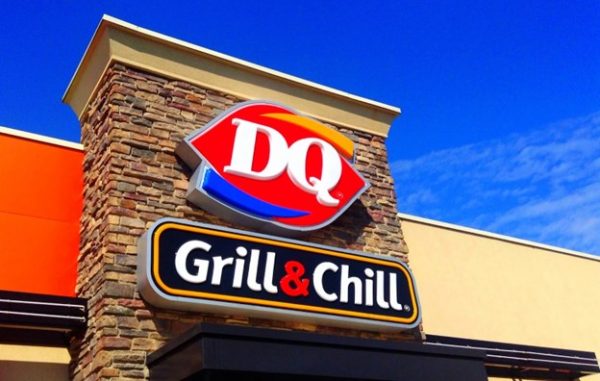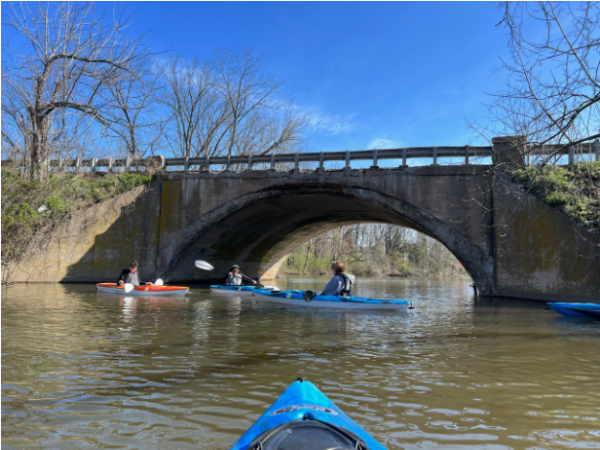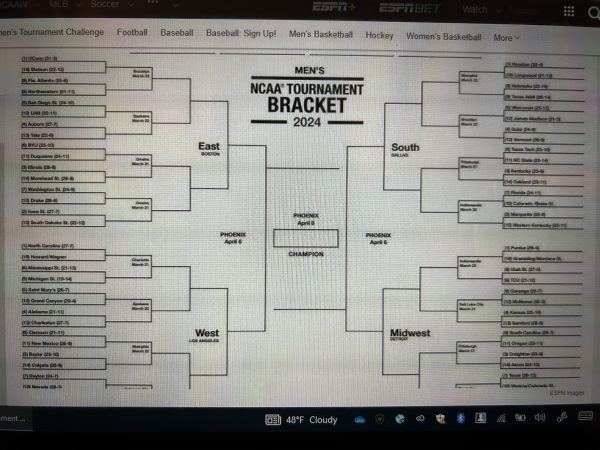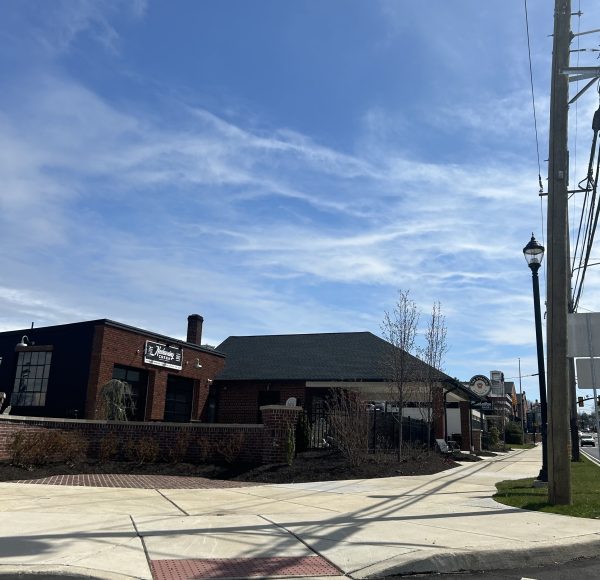Get your helmet ready, because we are going underground!
February 2, 2020
Imagine your hands vibrating as you repeatedly strike white concrete while sweat drips down your yellow helmet. You lift your pickaxe to catch your breath, and as you follow the light projected above your forehead, you discover treasure. This is a little snip-it of what you might have experienced as a miner of any kind in 2008.
Duties
Your job as a miner depends on your assigned segment. Segments can consist of oil and gas, metal ores, nonmetallic, mineral mining (quarrying), and mining support. For example, an oil and petroleum worker may find themselves working on land-based oil wells or ocean oil rigs. Their responsibility can include fixing and maintaining equipment, supervising drilling activities as well as maintaining or installing oil pipelines facilities. Coal miners are responsible for extracting coal on surface mining areas or in deep coal mines. This coal is transported to a potential buyer in the world. Some miners can use explosives if they work in quarries or mineral mining facilities. Heavy machinery can be used to expose more of the product as well as take the material to a refining facility. Your responsibility as mining support is focused in an area, such as those who concentrate in extinguishing oil well fires.
Training
Many of the jobs for mining don’t require formal education or training. Instead, the miner learns their skills through job experience. Trade skills may need vocational training for those who want to specialize in it. The required age to be an extraction worker must be 18 years or older with a good physical condition.
Work Environment
The position and industry the miners are assigned to determine the working environment, so expect the unexpected. Strenuous working environments often give difficulties to the miners. Simple things to keep in mind are the lifting of heavy objects, maneuvering through awkward areas and situations, and facing intense temperatures. Workers typically work in shifts, and it often goes on all day. The working hours consist of 40 hours or more a week, with several part-time employees.
Skills
Being physically fit is a necessary instance that workers often rely on during the job. The labor done will require the workers to perform endurance and strength work. Experience and work-related skills can potentially allow a worker greater chances as a supervisor or manager. These positions require the ability to motivate and lead others.
Salary and jobs
The Bureau of Labor Statistics estimates there were about 717,00 mining jobs in the United States in 2008. Mining concentrates in areas where specific resources are located. The average income for a mining worker in 2008 was about $23 per hour, while the jobs varied widely. However, the increase in production capacity brought by new technology and extraction techniques decreased between 2008 and 2018.
Today, according to the Bureau of Labor Statistics, the average miner in the U.S. earns an hourly wage of $27.62, over a 43.6-hour work week, as of 2012. Working as a miner has gradually changed from labor work to more technology-based machinery. It opened the doors to many other applicants that didn’t have the physical working conditions. It takes away the working environments that were a potential danger to the miners in the field.
References
John, C. (2016, November 9). Miner Salaries. Retrieved December 13, 2019, from
https://work.chron.com/miner-salaries-1463.html.
Thorne, R., & Thorne. (2019). Mining Job Description. Retrieved December 13, 2019,
from https://careertrend.com/about-6116173-mining-job-description.html.









